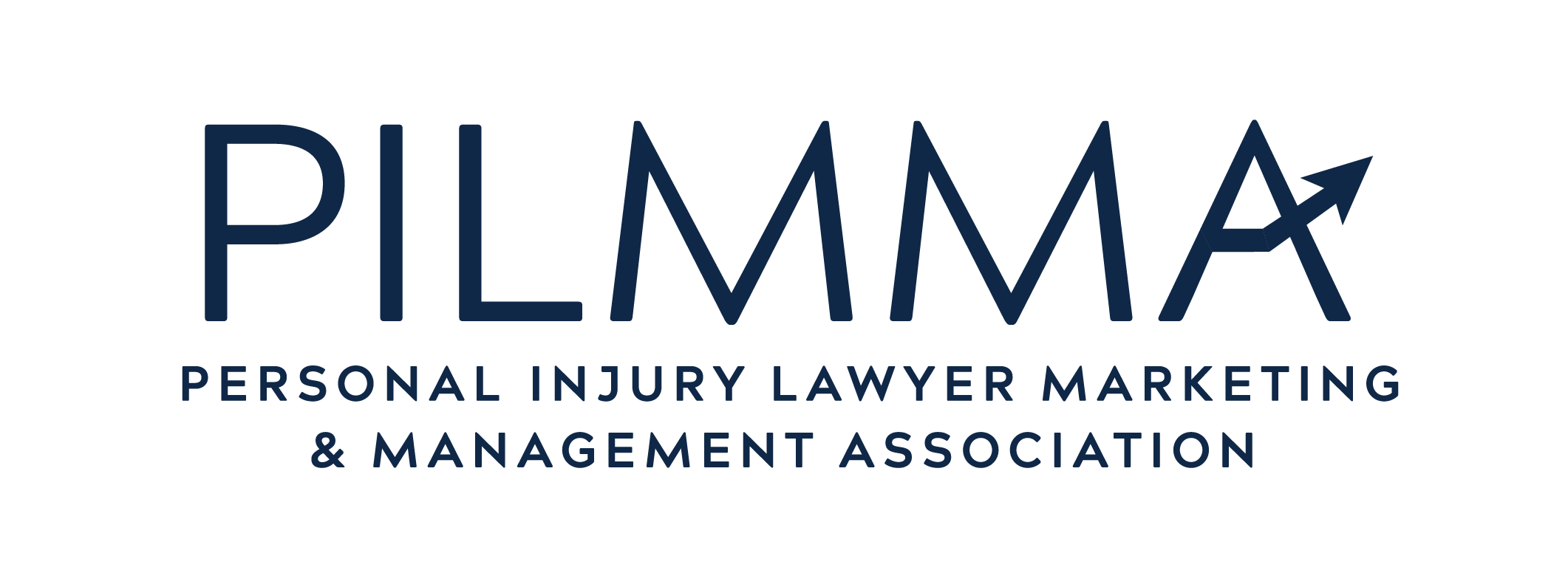Remember Atticus Finch from the classic ‘To Kill a Mockingbird?’ Or Vincent Gambini from the gem ‘My Cousin Vinny?’ Well, these characters are more similar than you might think. They’re storytellers. Although they’re fictional lawyers, they had the entire courtroom raising eyebrows with their ability to defend their case with an epic narrative.
In real life, lawyers are first-class storytellers too. Similar to the practice of law, in storytelling, we take a position and make arguments around a central message. To do so compellingly and persuasively, attorneys show us what happened. They don’t just state fact after fact. The ones that go above and beyond know that there’s a technique to that. That technique is storytelling.
By definition, storytelling is the process of bringing out a narrative that has the power to engage, influence, teach and inspire influencers. With that said, what’s so great about it?
They can help simplify even the most complex messages. The way you incorporate these archetypes into a trial and outside the courtroom matters greatly. It helps attract and retain clients. If your tale resonates, inspires, educates – you’ll ultimately build deeper connections, which lead to higher loyalty.
We understand lawyers aren’t instructed on how to be good storytellers in law school, but if you stay with us, you’ll gather valuable insight that’ll help you master this art.
The recipe behind the most epic tales.
The best stories know there’s a central message, a purpose, a lesson to be learned. You can implement several techniques to ensure you’re telling the most compelling stories. While there are hundreds of writing techniques and tricks you can implement, the best narratives incorporate 5 elements:
- Entertaining: Every story needs a hook – that one element that can help grab everyone’s attention. You need to keep them interested in what’s coming next.
- Educational: Whether in court or out, lawyers need to present proof.
- Universal: The reason stories are so great is because people relate to them. Those invested in the story tap into the person’s emotions and experiences. This is a powerful tool for persuasion.
- Organized: All good narrativeshave a layout and a core message.
- Memorable: Good stories make people feel something. Whether that’s interest, excitement, anger, happiness, etc.
We, humans, are emotional beings first.
Emotions have great power over decision-making – even if we think it doesn’t. Studies show that we make decisions emotionally and use our rational thoughts to find arguments to defend that position. Eye-opening, isn’t it?
Before concrete facts or knowledge, we tend to connect with others based on how we feel about them. We even connect to fictional characters like Harry Potter or Forrest Gump. There’s a science behind storytelling, and scientists are discovering that we release chemicals like cortisol, dopamine, and oxytocin when we’re told stories. Emotions are interlinked with the narratives we’re told. They’re central to us making meaning and sense of everything.
So, which emotions elicit the response you need? Well, there’s no single formula for this. However, as a rule of thumb: try to identify the feelings that fit the message you want to get across. Often we think of happiness as the ‘best’ emotion; however, emotions like anger, relief, interest, and others have the power to persuade.
Here are some of the best ways you can build an emotional connection:
- Add elements that make your story relatable. In a way, people want to identify with the main characters.
- Show how tensions increase and what challenges the characters need to overcome, e.g., an injury or a heart-wrenching divorce.
- Provide hope and drive the court and readers to take action.
Structure the best stories in and out of the courtroom.
The choice of words and presentation can make or break a lawyer’s ability to connect with jurors. Outside the courtroom, too. Many people find courtroom terms like ‘plaintiff’ or ‘cause of action’ intimidating.
The choice of words and how you present them have a powerful impact on the verdict your client needs. Whether you’re defending a case or marketing your firm, it will all come down to the story’s structure.
- Introduction – Those who are impactful and memorable know the power of first impressions and introductions. This is the perfect chance to get the court emotionally invested.
- Set the stakes – What’s at risk for your client? What economic and emotional outcomes did they experience?
- Present the case – Show, don’t just tell. Express the facts in a way that takes the jurors to the scene. Use sensory words to describe, e.g., setting, weather, situation, etc.
- Show the evidence – Details are the key here. When you introduce new evidence, explain why it matters. This touches on the emotional side. Afterward, you can provide further evidence. In storytelling, this is a plot twist. In court, this helps everyone recall easily.
- Tie it all together – This is where you want to drive action. A best practice is to tie your arguments back with a powerful message. Make it memorable.
Building a solid connection is easier than ever.
Lawyers, we believe storytelling is the art you practice daily. However, it’s critical that your stories are also being translated into your digital efforts because today, your website is an extension of your firm.
In a world where we have information overload, a well-written story helps you cut through the noise and stand out.
Do you want to ensure your stories strike a chord with consumers? Ultimately, do you want to connect with more clients? We can help you craft the most epic strategy.

